US Visa Application: Interview General Questions
This is a compilation of general questions a Filipino seafarer might encounter during an interview at US Embassy in the Philippines when he/she applies for a US Visa. These questions are from those who already experienced the interview and were gathered together as reference. These US Visa application general questions are not official questions, it only serves as a reviewer.
Take note again that these are not official questions from the US Embassy, but instead they were from individual seafarers who undergo US Embassy interviews. Here are the US Visa application general questions you might encounter.
Q: How will you dispose garbage on-board?
A: By segregating according to classes. Plastics and incinerated ashes must only be disposed on port facilities.
Q: Do you have experience on-board?
A: None. / Yes, I have. (Mention your actual shipboard familiarization, duration on-board, gross tonnage, name of vessel, and captain of the vessel.)
Q: If you see a choking person, what are you going to do?
A: Help him by using Heimlich Maneuver. Stand behind the victim, wrap your arms around his waist, grasp your fist with your other hand and place the fist against the victim’s abdomen, and press the abdomen with quick upward thrust.
Q: What are the 2 types of boiler?
A: Fire Tube Boiler and Water Tube Boiler.
Q: What is a mooring line?
A: It is a big rope used to secure the ship on port.
Q: What is a heaving line?
A: It is a small rope connected to the line throwing appliance and the mooring which will be used to pull the mooring line from ship to port.
Q: What is a monkey fist?
A: It is a kind of knot at the end of the heaving line, which will give weight to the rope to enable it to be thrown over to port.
Q: What is a sea anchor?
A: It is an equipment on-board a life raft, which is conical in shape, which is used to lessen the drift of the life raft from its original position while waiting for the rescuer’s to come. It is also used for streaming.
Q: If you see a man overboard, what are you going to do?
A: First, throw the lifebuoy with line to the victim, notify the Bridge and shout MAN OVERBOARD then state which side the person fell, and in all cases keep the man in sight.
Q: If you are the one who will discover the fire on-board, what will you do?
A: Raise the alarm, report to the Bridge, and then take initial actions as appropriate.
Q: If you are about to enter an enclosed space, what are you going to do?
A: First, gain an entry permit form the Chief Officer. Open the room and ventilate for 15 minutes then check the level of oxygen and any potential dangerous gases inside the room. If the level is still dangerous, use a compressed air breathing apparatus.
Q: What is the difference between a lifeboat and a liferaft?
A: A lifeboat is equipped with a diesel engine to propel itself, while the liferaft is inflatable and has no engine to propel but it has a buoyant paddle and sea anchor.
Q: What are starboard side and port side?
A: Starboard side is the right side of the ship and port side is the left side of the ship.
Q: Where can you find the lifeboat?
A: You can usually find the lifeboat at the starboard side and port side of the ship.
Q: What are the parts of a piston?
A: Piston crown, piston ring, piston grooves, piston pin.
Q: What is Williamson’s turn?
A: It is an emergency maneuver by turning the vessel if there is a man overboard.
Q: What is a chipping hammer?
A: It is a tool in the vessel used to remove corroded metal or corrosion.
Q: What is a sounding pipe?
A: Used to measure the level of fluid inside the tank.
Q: Give examples of auxiliary equipments you can see in the engine room.
A: Pump, purifier, generator, oily water separator, cooler, boiler.
Q: What is steam?
A: A product of heating water inside the boiler, formed by evaporation of water.
Q: What big bodies of water surrounds the Philippines?
A: Pacific Ocean and South China Sea.
Q: What is CPR? When do you apply CPR?
A: Cardio Pulmonary Resuscitation. When no breathing and no pulse.
Q: Name 3 degrees of burn.
A: First Degree (involves the epidermis), Second Degree (extends into superficial or deep dermis), Third Degree (extends through entire dermis), Fourth Degree (extends through skin, subcutaneous tissue and into underlying muscle and bone).
Q: How will you rescue and transport casualty?
A: Use stretcher.
Q: How will you improvise bandage?
A: Use handkerchief.
Q: What is the signal for general alarm?
A: 7 short blasts followed by 1 prolonged blast.
Q: List 4 methods of controlling severe bleeding.
A: Direct Pressure, Elevation, Pressure on Supplying Arteries, Bandaging
Q: List 3 kinds of bleeding.
A: Arterial Bleeding, Venous Bleeding, Capillary Bleeding
Q: List Annexes for preventing Marine Pollution.
A: Annex 1: Prevention of Pollution by Oil, Annex 2: Prevention of Pollution by Noxious Liquid Substance, Annex 3: Prevention of Pollution by Harmful Substance Carried in Packaged Form, Annex 4: Sewage, Annex 5: Garbage, Annex 6: Air, Annex 7: Ballast Tank
Q: What are the safe working practices on-board the ship?
A: It is all about wearing proper working gears like safety shoes, gloves, safety helmet, goggles, coverall, and CABA. Also by obtaining working permit from the Chief Officer like hot/cold permit, working aloft permit, entry permit.
Q: How can you contribute effective human relationship on-board?
A: Follow orders from the superior, avoid troubles, cooperation, and be humble.
Q: What is the duty of an Ordinary Seaman (OS)?
A: Performed variety of duties concerned with the operation and upkeep of deck equipment.
Q: What is the duty of Able Bodied Seaman (AB)?
A: May work as watch stander, a day worker, or a combination of both.
Q: What is the duty of an Oiler?
A: He is responsible for oiling the running engine.
Q: What is blower/turbo blower?
A: It is an air compressor driven by an exhaust gas. It is used to add more pressurized air and more speed for the efficiency of the engine.
Q: Before donning life jacket, what are the 2 important accessories you need to inspect?
A: Whistle and light.
Q: What is an immersion suit?
A: A protective clothing or suit that reduces the body heat loss of person wearing it on cold water or area.
Q: Describe the procedure how to upright inverted inflated life raft.
A: Locate the non-toxic CO2 cylinder, stay and hold the righting straps, locate the direction of the wind, face against the wind, and pull the life raft.
Q: Give the other name of sea anchor and describe how to use a sea anchor.
A: Drogues or sea anchor is used to lessen the drifting of lifeboat or life raft while waiting for rescue.
Q: List at least 6 equipments on-board the life raft.
A: Whistle, hand flare, paddle, sea anchor, buoyant safety knife, medicare
Q: What are the 4 types of fire extinguishers according to content?
A: Water, Foam, CO2, Dry Powder
Q: List 4 classes of fire and its extinguishing agent.
A: Class A (Common combustible materials) – Water, Class B (Flammable Liquid) – Foam, Class C (Electrical Fire) – CO2, Class D (Metal Fire) – Dry Powder
Q: What is thermodynamics?
A: It is the study of heat in motion, its expansion, and its changes.
Q: What are the Laws of Thermodynamics?
A: 1st Law: Law of Conservation of Energy, 2nd Law: Law of Entropy, 3rd Law: Thermal Equilibrium
Q: What is a purifier?
A: It is an equipment that purifies the bunker fuel.
If you have any other US Visa application general questions to share, you are very much welcome to add them at the comment section below.
Share this content:




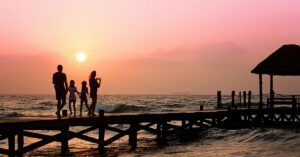
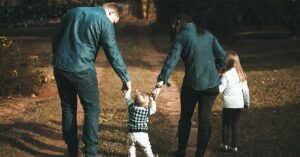
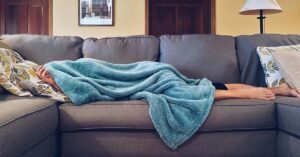
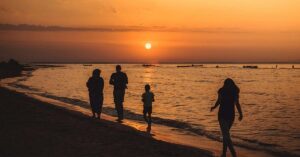
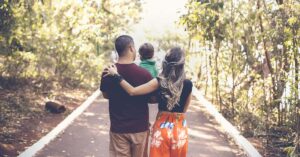

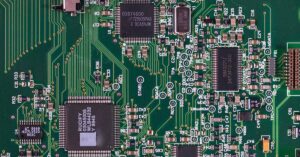
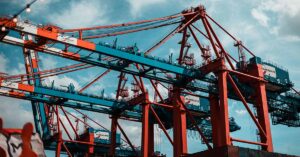

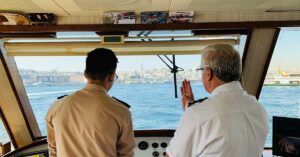
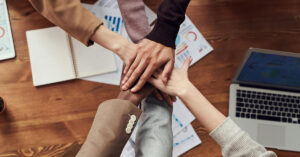
8 comments